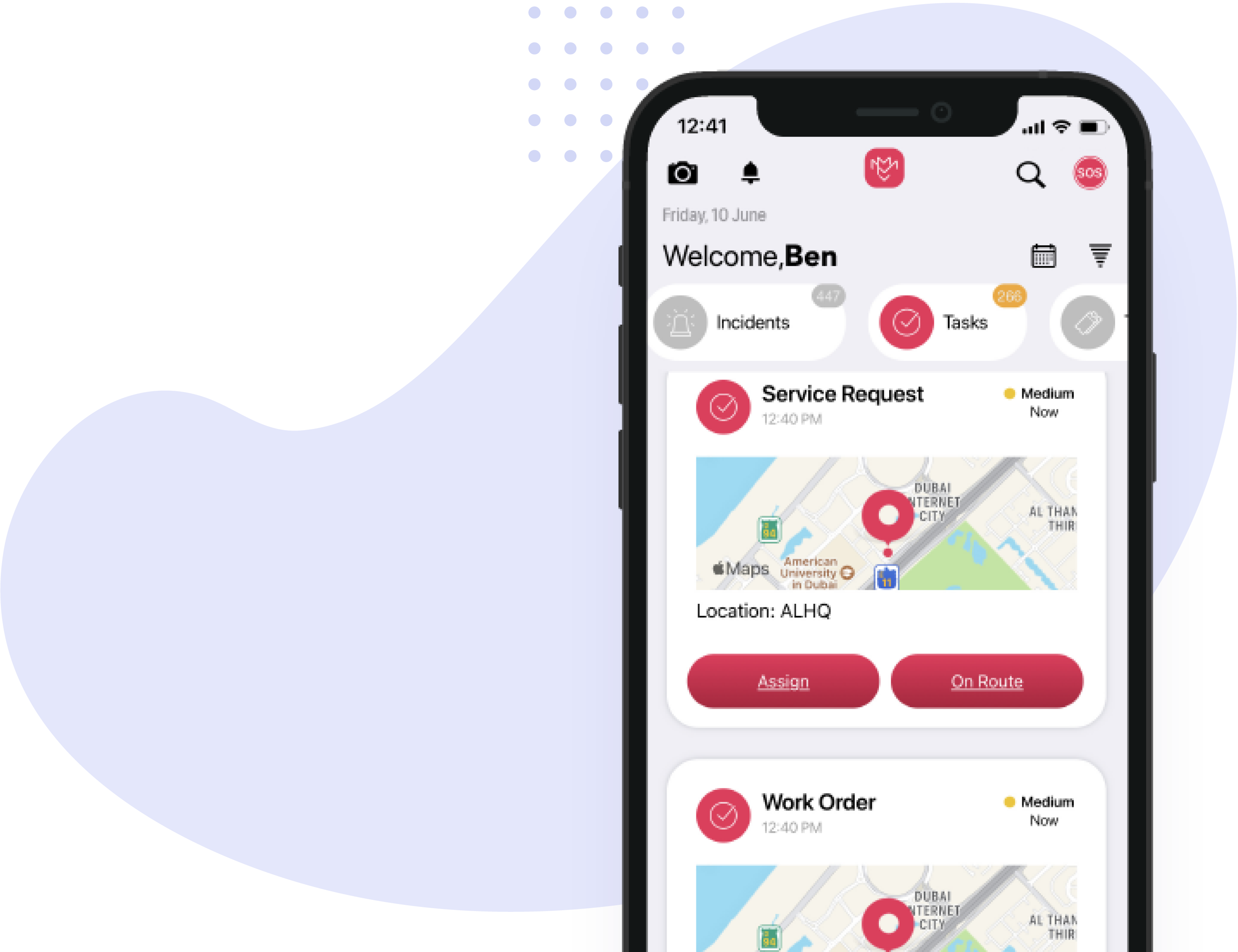Technology has had a long-standing track record for creating immense value for businesses, irrespective of size or geography. The premise is straightforward: adopters of the right technology are equipped with the tools they need for their business to thrive over competitors’, while their employees are far more productive, motivated, and successful.
That being said, such an undertaking comes with an often-overlooked catch: software users need not only to adopt it but also embrace it – and sometimes, they don’t.
The key reason can be chalked up to the decision-makers of the software typically making up for only a small percent of the actual users, thus inadvertently discounting the potential challenges that the core user, the deskless field service worker, may face. This issue is further amplified by the fact that the vocational skillset of the field employee takes precedence as the core requirement of his role over computer proficiency, unlike in the case of managers and other desk-based employees, creating a disconnect in assumed proficiency levels. Consequently, field employees, when eventually faced with the unfamiliar piece of FSM software feel intimidated, let alone comfortable or happy to have their work performance assessed through it.
This is why it is valuable, if not, necessary for a manager to choose an FSM software that is inclusive of even the least computer-proficient field employee to fully realize the software’s intended impact and success for the organization.
These are the key factors to be mindful of when deciding on FSM software, so your team is delighted to use it and feels empowered to perform at their best.
Ease of use
The right software will put itself in the shoes of every user, presenting a flow that is logical and data in a way that is easy to understand. The design will be recognizable and club together related items while keeping different items separate. The design will intuitively convey the differences.
Flexibility and friendliness
The interface should be flexible and forgiving, reducing the cost of mistakes and misuse by permitting undoing and redoing, while also preventing errors wherever possible by accepting varied inputs.
The fewer the number of steps to act, the friendlier it can be deemed.
Visibility
The interface should make all options for a task visible without being crowded or distracting. It shouldn’t overwhelm users with alternatives or confuse them with unnecessary, redundant information. Furthermore, the user interface elements should present interactions that are familiar to all proficiency levels to simplify training and adaptability.
Responsiveness
When a user acts, the interface should respond promptly and clearly. This is not to say that the data has to be presented immediately, rather it should acknowledge the user’s action taken by showing that it has received the input and is in the process of taking the next step or presenting the requested data.
Engaging
Imagine spending an entire workday on an interface that is different shades of grey. The aesthetically appealing design and splashes of bright colors help keep the interface light and non-serious, which makes for a pleasing and less intimidating experience for all!




